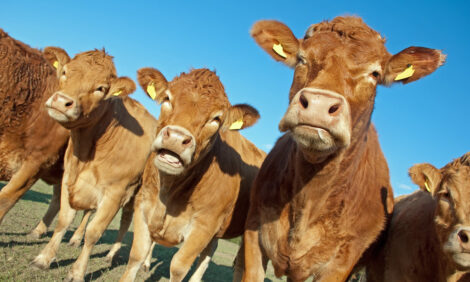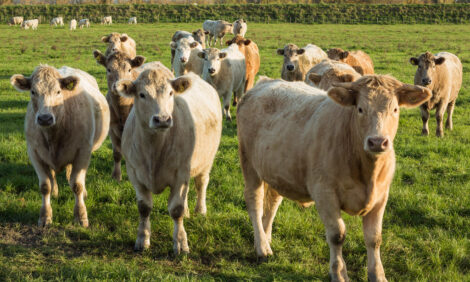



US Feedlot Sector Responds To Rising Grain Costs
AUSTRALIA - The number of cattle in US feedlots (with more than 1,000 head capacity) on 1 June totalled 11.2 million head, 0.8% higher than a year ago. At first glance, placements during May appeared high, at 2.2 million head – 13.5% higher than May 2006.
However, placements during May 2006 were abnormally low due to the drought. Placements in May 2007 were 2.5% lower than the five year average. Cattle marketings during May were 3.5% lower than a year ago, at 2.1 million head.
A more detailed read of the United States Department of Agriculture’s cattle on feed report reveals how the US feedlot industry is responding to rising feed costs. Firstly, feeder cattle placements are getting heavier. Placements of cattle weighing above 363kg were up 21% in May compared to a year ago. Heavier placements will likely increase the turnover rate of cattle on feed. Secondly, there is an increasing concentration of cattle in feedlots located in the Midwest – a region with a significant number of ethanol plants and consequently a large supply of distiller’s grain. The number of cattle on feed on 1 June in Iowa, South Dakota and Nebraska were 11%, 10% and 8% higher, respectively, than in June 2006.
Looking forward, Cattle-Fax is predicting that the mid-year US cattle inventory will reveal a larger supply of feeder cattle and calves outside feedlots versus 2006. If these cattle are placed on feed during the third quarter, placements are likely to exceed year ago levels from July to September.
Placements during the fourth quarter will be dependent on feedyard cost-of-gains and winter grazing conditions. The calf crop in 2007 is expected to be the smallest since 1952 and would indicate a limited number of cattle being place in feedlots during the last quarter. However, placements last year in the final quarter were the smallest on record. Current Cattle-Fax forecasts suggest that fourth quarter placements could in fact be around 3% higher than the low 2006 level.
With placements expected to exceed year ago levels over the remainder of this year, the number of cattle on feed will also be high which will eventually mean higher supplies of grain fed beef.
TheCattleSite News Desk


